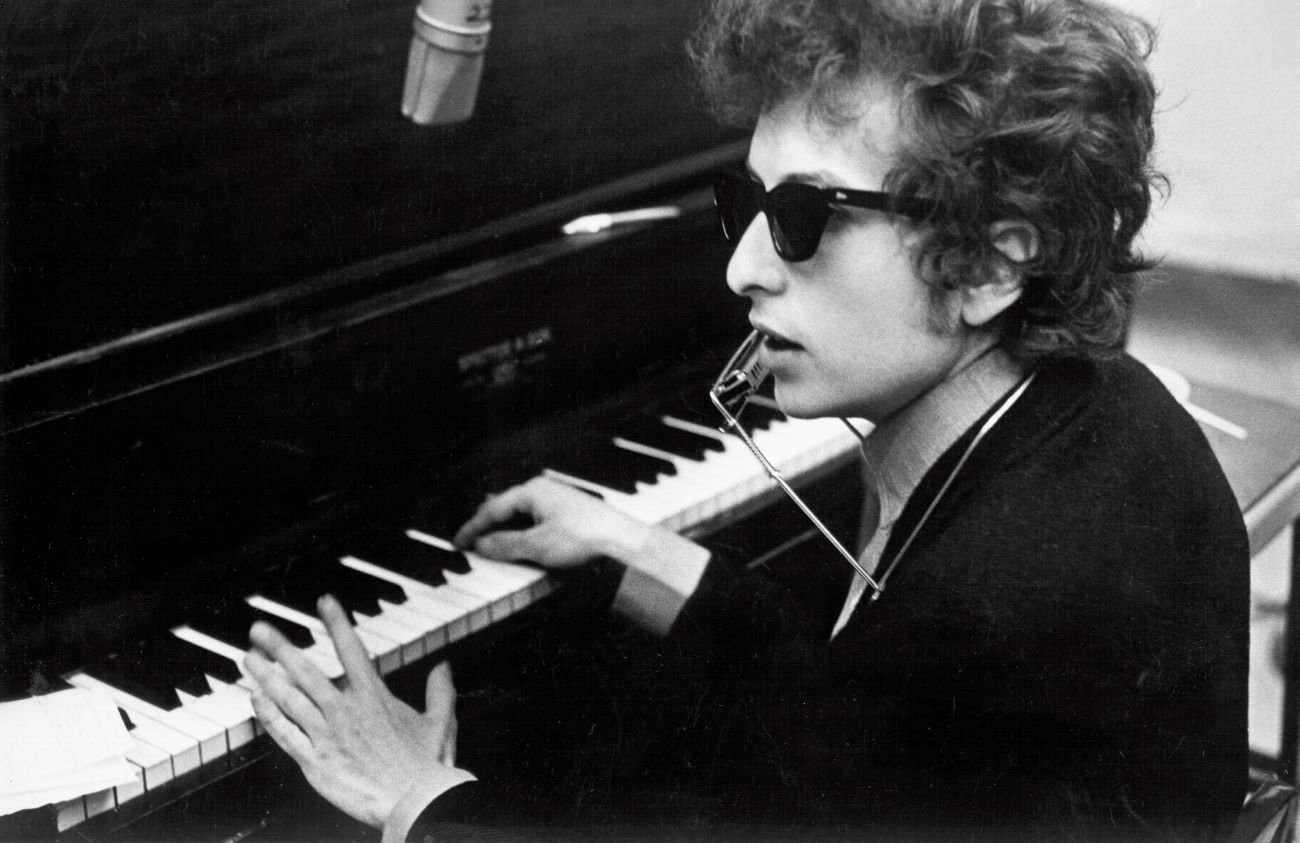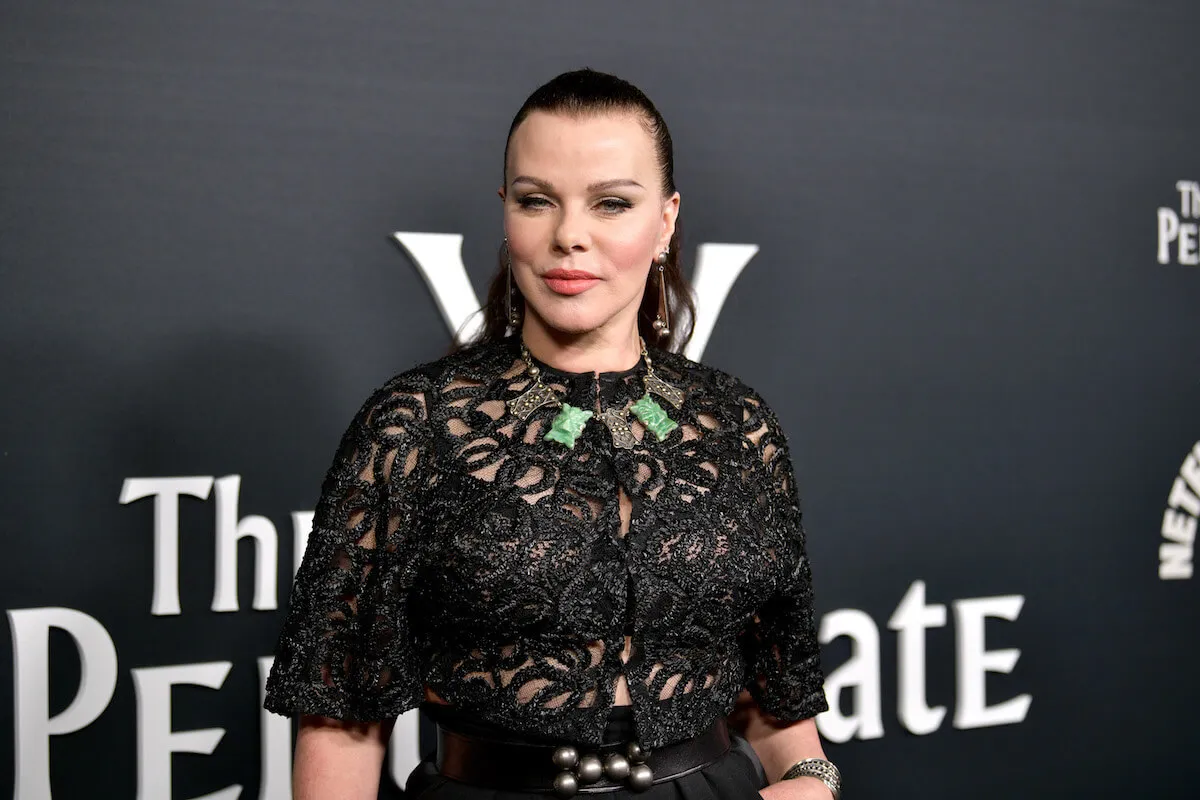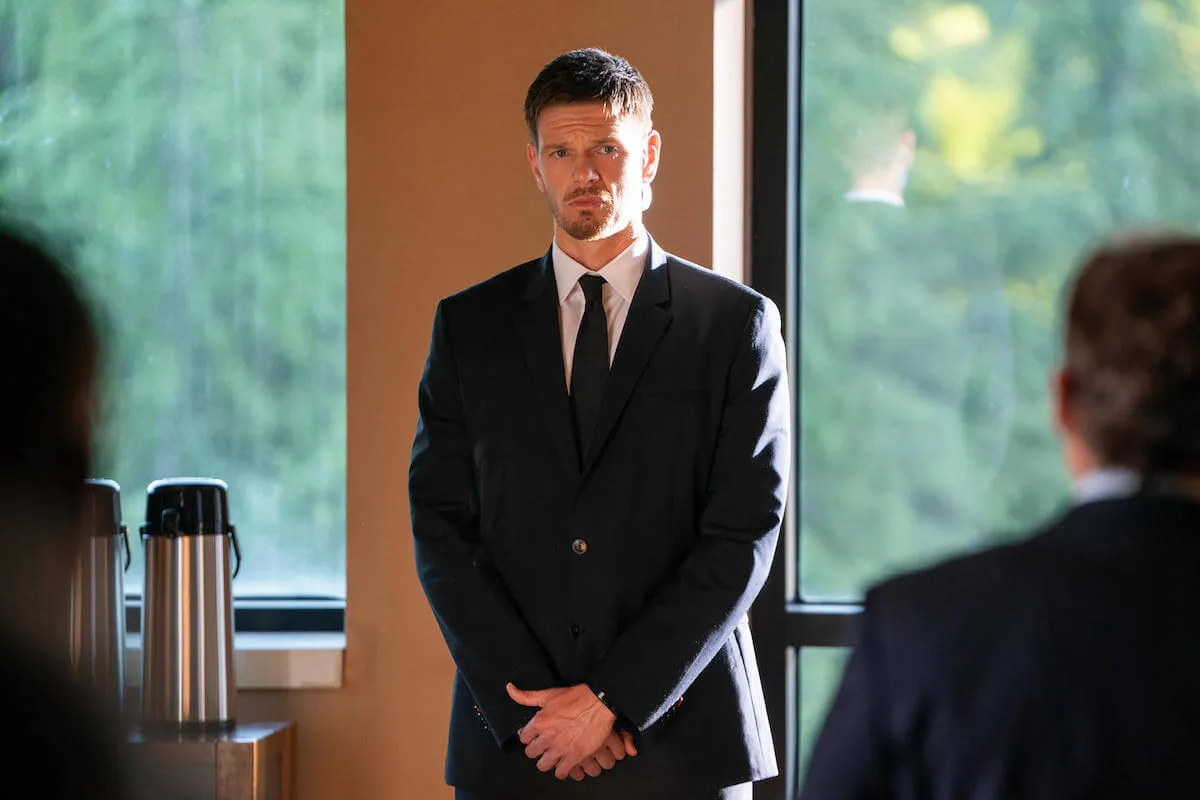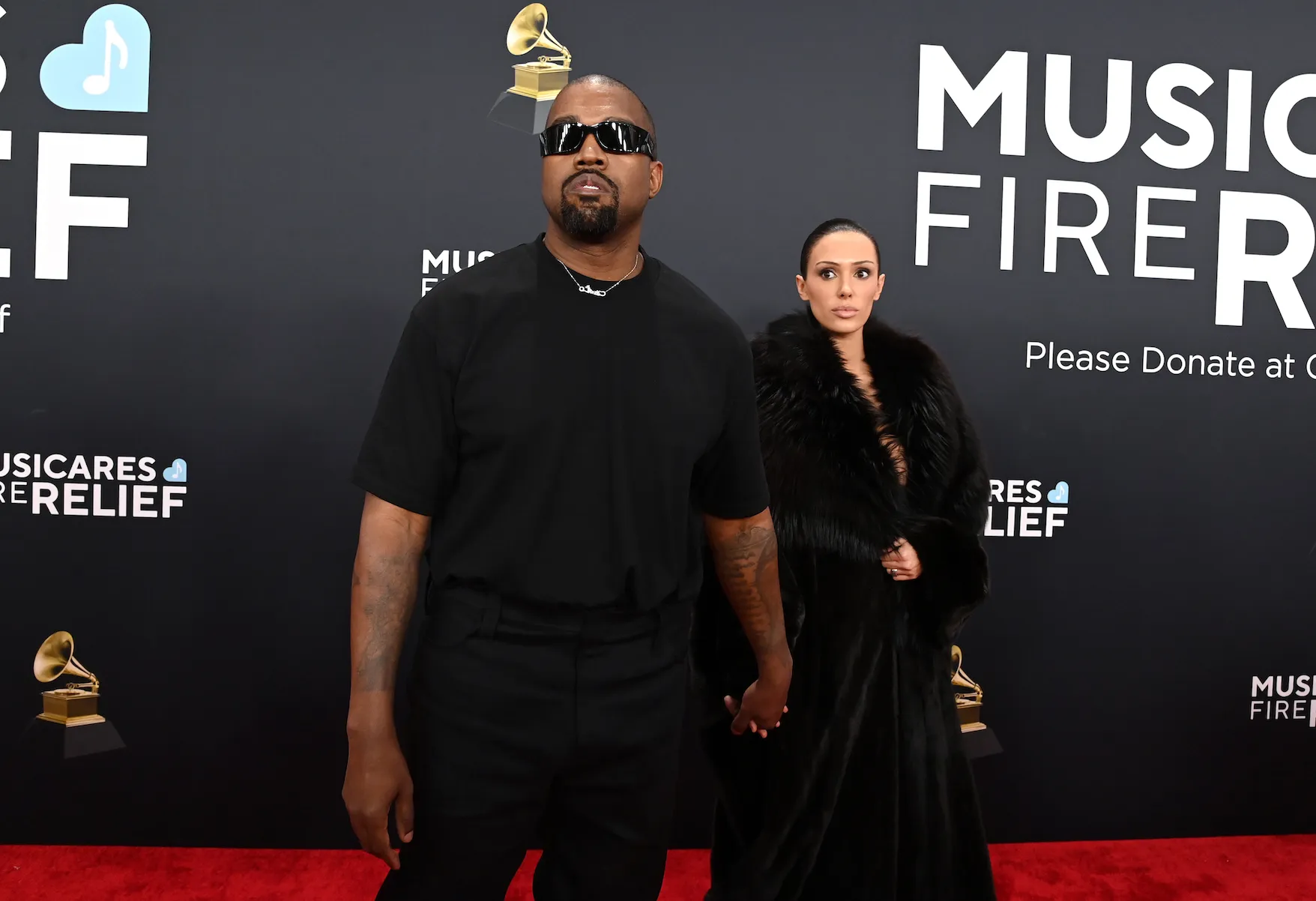
Martin Scorsese Hasn’t Spoken to Bob Dylan in 20 Years, but He’s Made 2 Films About Him
In 2005, Martin Scorsese released the documentary No Direction Home, which tracked the life of Bob Dylan from childhood to the 1966 motorcycle accident that caused him to retreat from the public eye. In 2019, he revisited Dylan as a subject with Rolling Thunder Revue, a film that mixed fact with fiction to cover Dylan’s 1975 Rolling Thunder Revue tour. Though Scorsese is clearly interested in Dylan as a subject, he has had limited contact with the musician. Admittedly, he hasn’t spoken to Dylan in over 20 years.

The singer has been in several movies
Dylan has been the subject of many documentaries, but he has also stepped in front of the camera himself. In 1973, he acted in his first dramatic role in Pat Garrett & Billy the Kid. He also created the soundtrack for the film, which featured “Knockin’ on Heaven’s Door.”
In 1978, Dylan created the lengthy, quasi-documentary film, Renaldo and Clara. The film featured himself, Joan Baez, and his wife Sara and combined concert footage, documentary interviews, and fictional vignettes.
Dylan has played fictional musicians twice, first in the 1987 film Hearts of Fire and again in 2003’s Masked and Anonymous.
Martin Scorsese has not spoken to Bob Dylan in 20 years
Scorsese first examined Dylan’s life in 2005’s No Direction Home. By combining concert footage and interviews with artists such as Baez, Liam Clancy, Pete Seeger, and Mavis Staples, Scorsese showed Dylan’s rise to fame. Notably, though, the film’s subject had no involvement in the project, reportedly having no interest in revisiting his past.
Fourteen years later, Scorsese released Rolling Thunder Revue. In this film, Scorsese blurs fact and fiction, combining actual footage with scenes shot with actors, not unlike Renaldo and Clara. Some characters that the movie presents are entirely fictional. This wasn’t Scorsese’s original intent for the film.
“Once we had Rolling Thunder constructed, [editor] David Tedeschi and I looked at it, and I said, ‘It’s conventional,'” Scorsese told Rolling Stone in 2019. “‘It’s just a film about a group of people who go on the road and they sing some songs. I’m going to have to start all over.’ We have to go with the music, maybe, go with the spirit of the commedia dell’arte. And then the words started to come in about possibly people who weren’t there, being there. [Laughs] That’s interesting. That’s a challenge, as they say. Let’s pursue that.”
Dylan didn’t have a part in creating either version of the film. He couldn’t have: Scorsese hadn’t spoken to him in years.
“Last time I saw Dylan was at a big dinner for Armani, 20 years ago,” Scorsese said. “I met him a few times with Robbie Robertson. That’s about it.”
The myth-making in Martin Scorsese’s movie feels on par with Bob Dylan
Slipping fictionalizations into a story about Dylan’s life is fitting for the musician. People have cast doubt on many of the stories he has told over the years, including in his memoir, Chronicles: Volume One.
“Jesus Christ, as far as I can tell almost everything in the Oh Mercy section of Chronicles is a work of fiction,” Dylan biographer Clinton Heylin said, per Rolling Stone. “I enjoy Chronicles as a work of literature, but it has a much basis in reality as [Dylan’s 2003 film] Masked And Anonymous, and why shouldn’t it? He’s not the first guy to write a biography that’s a pack of lies.”


